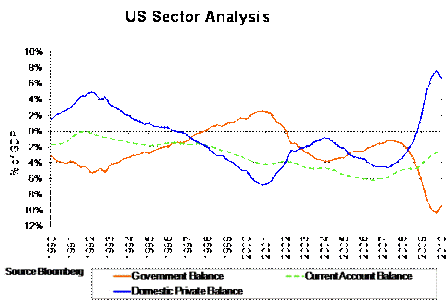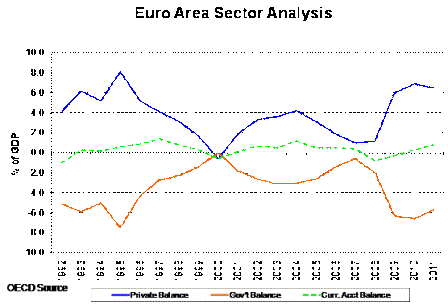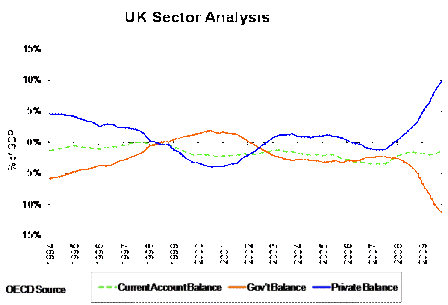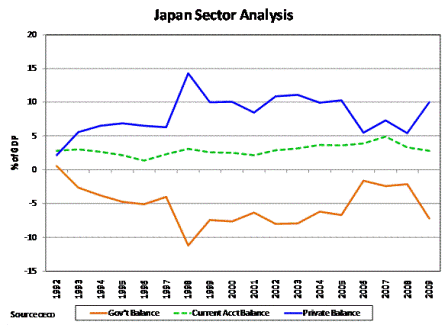I’ve been on the road, and not as close to things as usual, so from what I’ve seen and heard:
Looking at the market prices I’d guess yesterday’s sell off was a euro zone credit response.
The euro dropped a quick 3% and gold went up enough to be up even in dollars.
When Europeans get scared they often run to gold and dollars.
The ECB reportedly bought some Irish paper, indicating concern and also showing they will continue to support national govt funding.
Liquidity is not what it used to be. Sudden violent moves can just as easily be due to relatively small buyers and sellers and not any kind of fundamental shift. It can all reverse just as quickly as it sold off.
I’d key off the euro. It was up a tad last I checked, and stocks were stabilizing.
The fact that q2 earnings were very strong even as Q2 GDP was not so strong is a good sign for stocks.
Congress has extended unemployment benefits, approved 26 billion for the states, and is toying with extending the tax cuts set to expire, all indicating there will not be any serious deficit reduction interference for at least the rest of the year.
Last I checked Federal revenues had bottomed and were starting to rise indicating an underlying positive tone to the economy.
8%+ continuing Federal deficits are a very large tailwind that I expect to keep GDP in positive territory.
Weekly claims are on the high side, but not at double dip levels and continuing claims continue to fall. And the combo of hours worked and new jobs shows ongoing improvement.
Lack of consumer credit expansion (borrow to buy) keeps it all moderate, though poised for expansion as debt to income ratios have continued to fall due to the federal deficits.
Federal deficits have added to net financial assets and incomes of households, allowing them to spend from income and also add to savings, as indicated by firm final demand in the Q2 GDP revisions.
Lastly, Q3 has shown declines in a variety of markets over the last few years making rear view mirror traders more than cautious.





